Continuing the recent trends of analysing Irish sports capital grants, today we focus on a decile distribution of grants awarded to GAA teams.
Focusing on the bottom and top deciles, we note over the period a decrease in funding awarded to the bottom and top ten percent of GAA clubs. The table below can highlight some interesting points to how grants towards GAA clubs have been distributed over the years. For instance, in 2002, in relation to grants for GAA clubs circa 27 clubs were awarded 29% of the overall funding (circa €7,000,000). In 2008 this distribution was at its most skewed where circa 23 clubs received a third of the overall funding awarded for GAA grants.
In 2007 the monetary award was at its greatest where a total of €33 million was given out to GAA clubs. In this period, circa 37 clubs received circa €9 million in funding or 27.28% of the entire available funds. A follow up piece to this will examine the distribution across region over the entire period, along with a look at some other sporting codes.

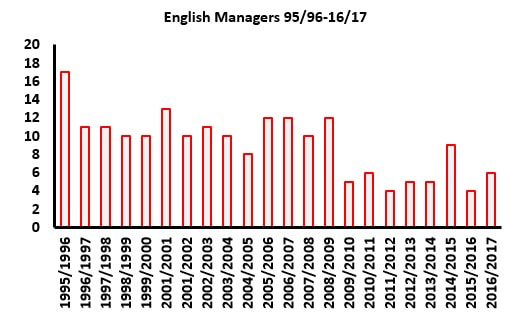
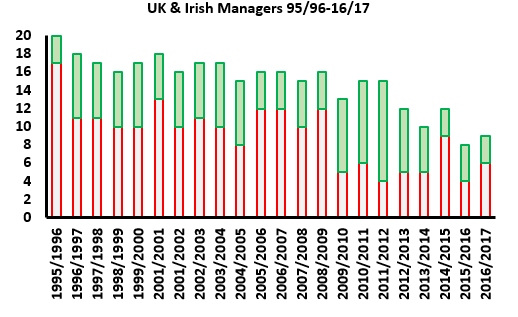
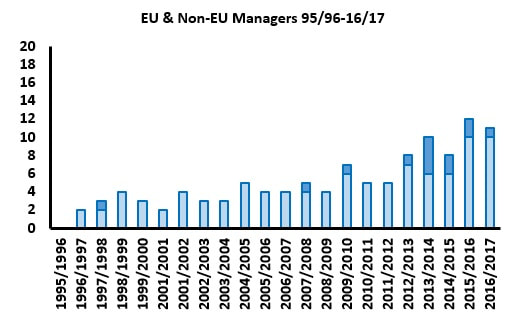
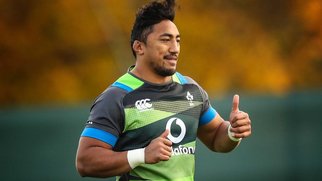
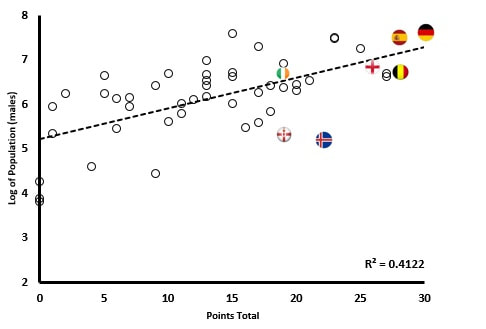
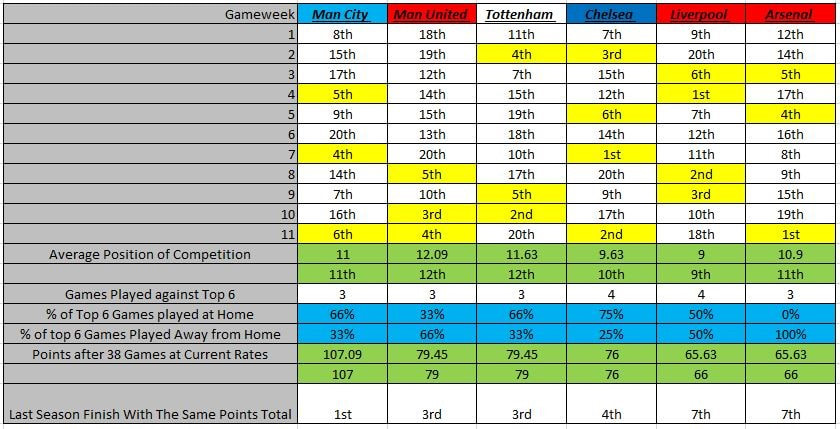
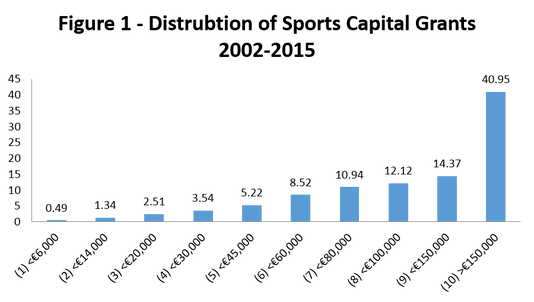

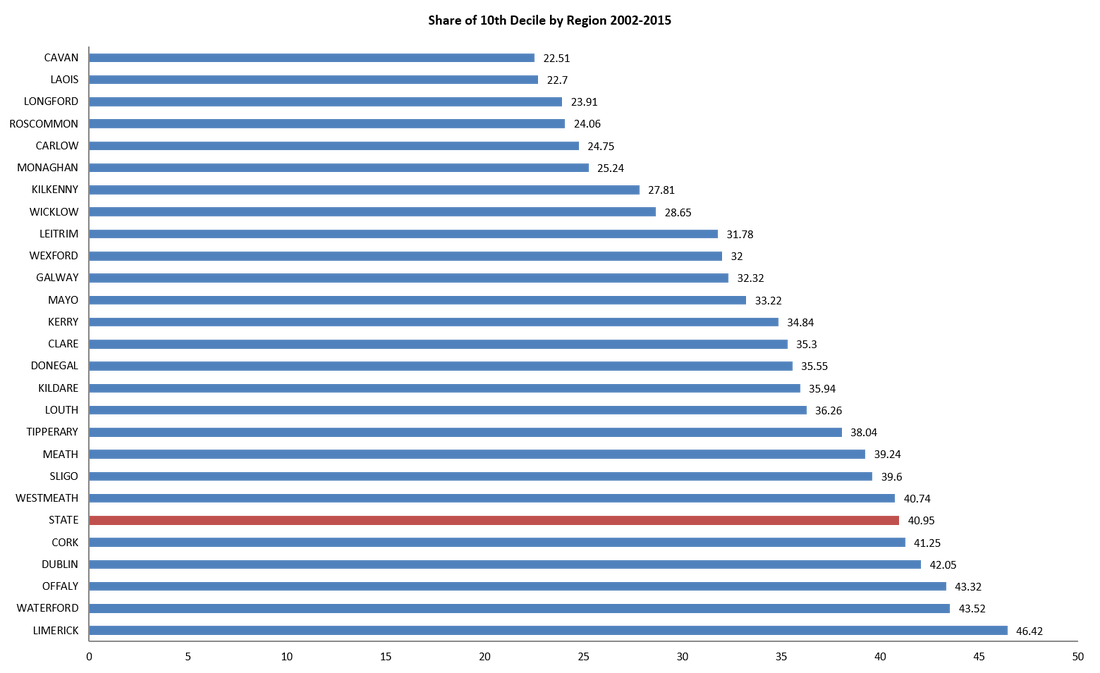
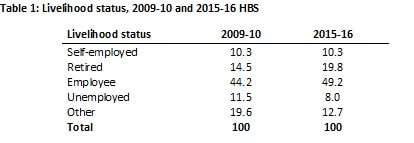
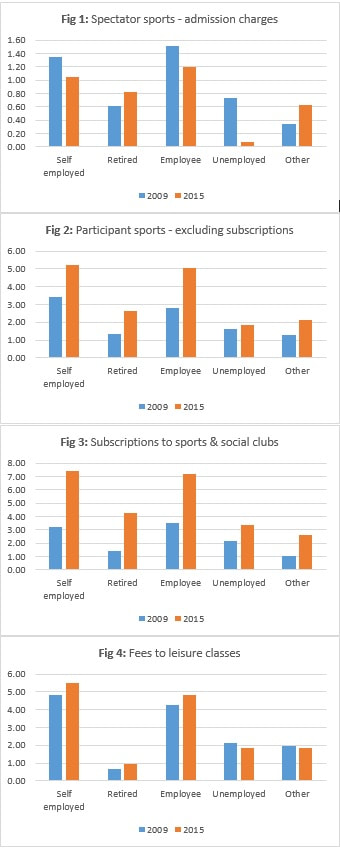
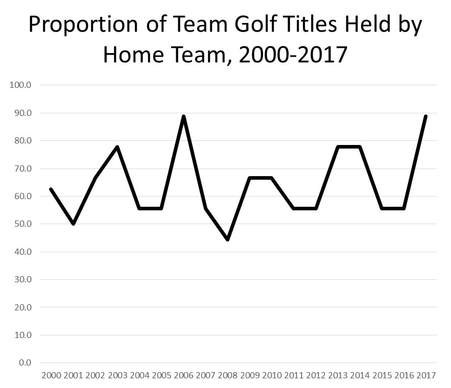
 RSS Feed
RSS Feed